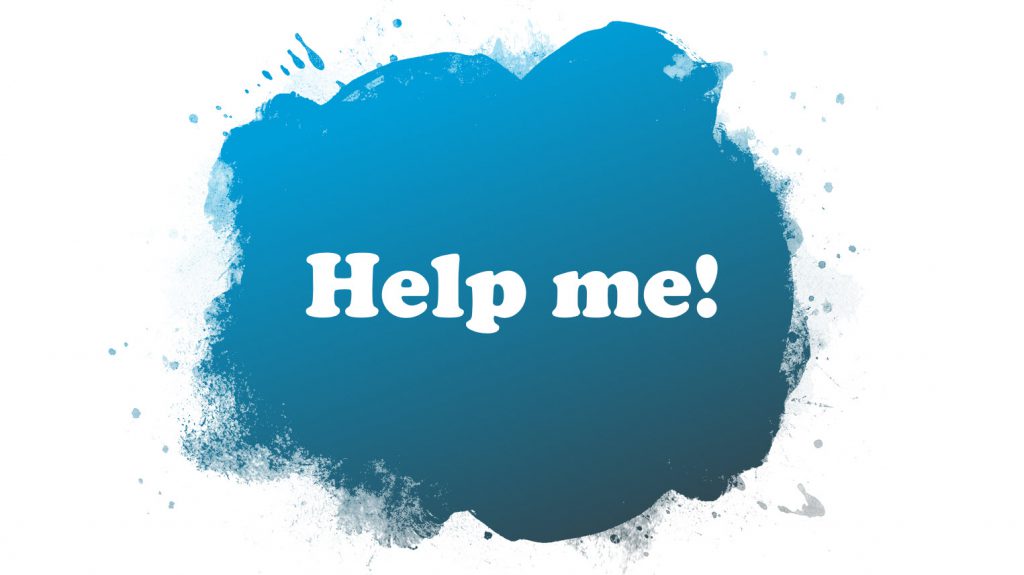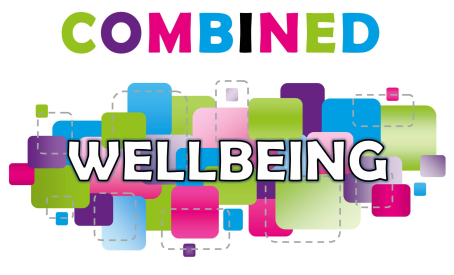Anger

Information
Here you’ll find answers to some common questions concerning feeling angry.
Select the underlined questions below to see more.
Being angry is a normal emotion that EVERYONE experiences whenever something is seen as unfair or not right. Anger can be a good thing and can help a young person to stand up for themselves. In the past, anger has helped a lot of people to make a lot of good changes, which have made the world we live in today. For example, women are now able to work and vote in many countries because they were angry enough.
 Like a volcano
Like a volcano
Anger is a very strong emotion and must be released in the right way to make these good changes. Sometimes anger is released in the wrong way. Some young people describe anger like a volcano – the feeling building up and up until it explodes. Young people can find that when they explode the will “lose control” of their actions and sometimes hurt others, themselves or property. Often they don’t want this to happen and when it does, it is not much fun for anyone. Many report feeling guilty after the event, which can make them feel bad about themselves.
With practice anger can be managed in a much more positive way.
When you feel angry, chemicals in your brain are released to give that extra bit of strength and focus. These chemicals are designed to protect you from danger, to stand up and fight. They allow changes in your body which mean that you become stronger, faster and more alert. Feeling like a powerful force and in a way it is, as it can help you do things you would not have been able to do before.
Although these chemicals give you extra strength and power, if not managed properly they can be destructive, like an erupting volcano rather than helpful like the fertilising ground that volcanoes are made from.
There are different ways people feel anger. Usually their body will tell you when they are angry. Here are some things to look for if they start to feel angry:

When people are angry they can look different and slightly scary. Their faces can look red or suddenly can be very pale. Eyes can look wild and lips can go thin and tight looking. Angry people can often move fast but are clumsy at the same time. Sometimes they will clench their fists and seem as if they want to hit out at something or someone. They may bang into things or people. Their eyes may look watery and their veins may stand out. Whilst nostrils may get wider, or look pale around the nose and mouth. They may cry or run away, shout, scream or speak in a loud voice.
Sometimes the intensity and frequency of feeling angry will reduce without any intervention.
One of the first things we try to work out is what triggers the anger. Young people can learn what makes the anger worse and what things can reduce it. Identifying unhelpful thinking patterns and developing more helpful responses can be of benefit.

Coping with
The following strategies may help your child cope with anger:
- Do jumping jacks or another exercise
- Slowly count to ten
- Think of a time when they were happy and calm and put themselves there in their mind
The following buttons are self-help suggestions for young people

Finding help
Who can they talk to?
- Friends
- Family
- Someone you trust at school
- Youth worker
- Health professional (GP; Counsellor Nurse)
- Charities and Helplines
Select the underlined topics below to view what resources are available.

Getting more help
If you haven’t already found the help you’re looking for, you can find additional information and services which are more interactive here.
I would like to make a referral to Mental Health Services by completing the online referral form
Select the underlined topics below to view what resources are available.
…in and around North Staffordshire





















